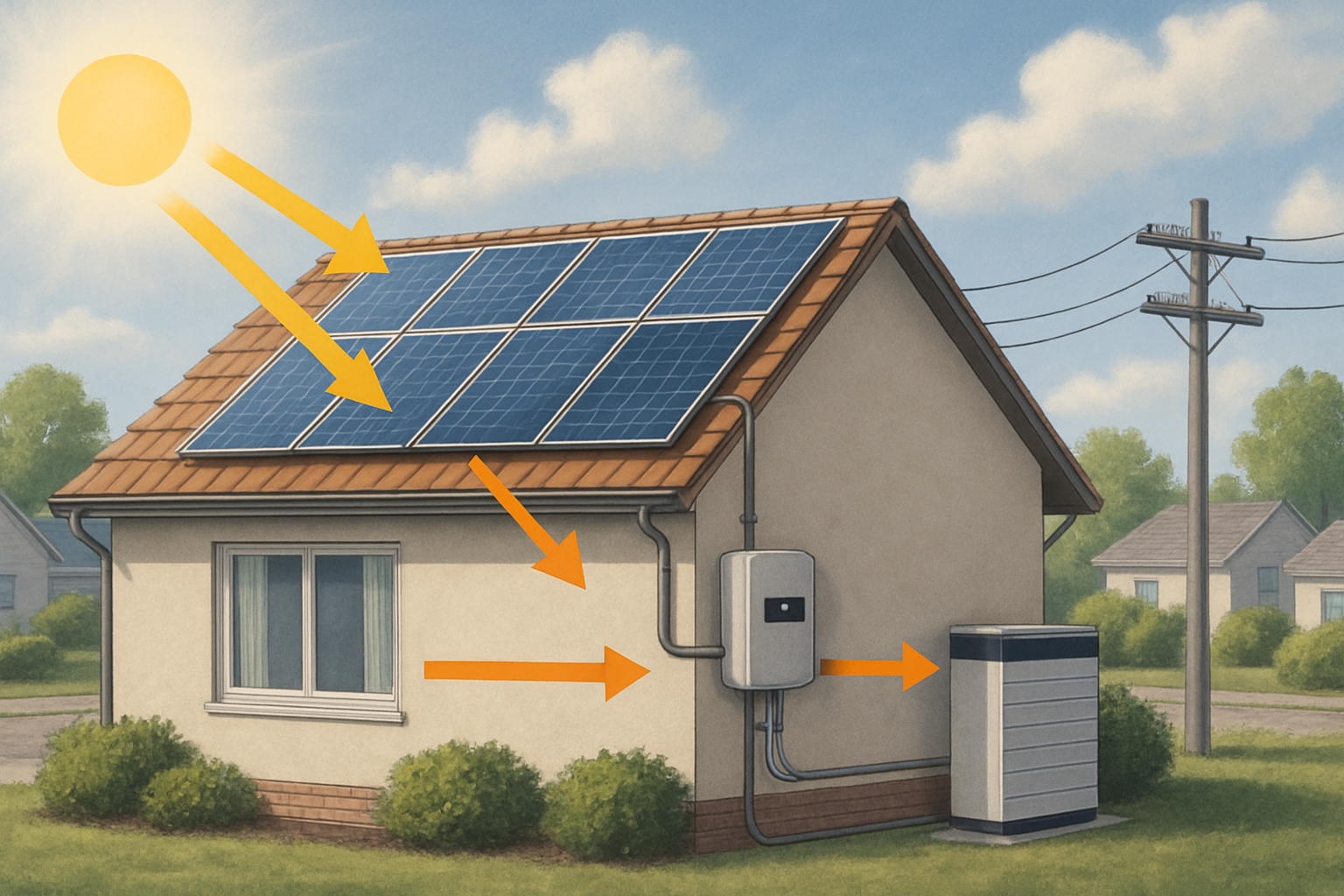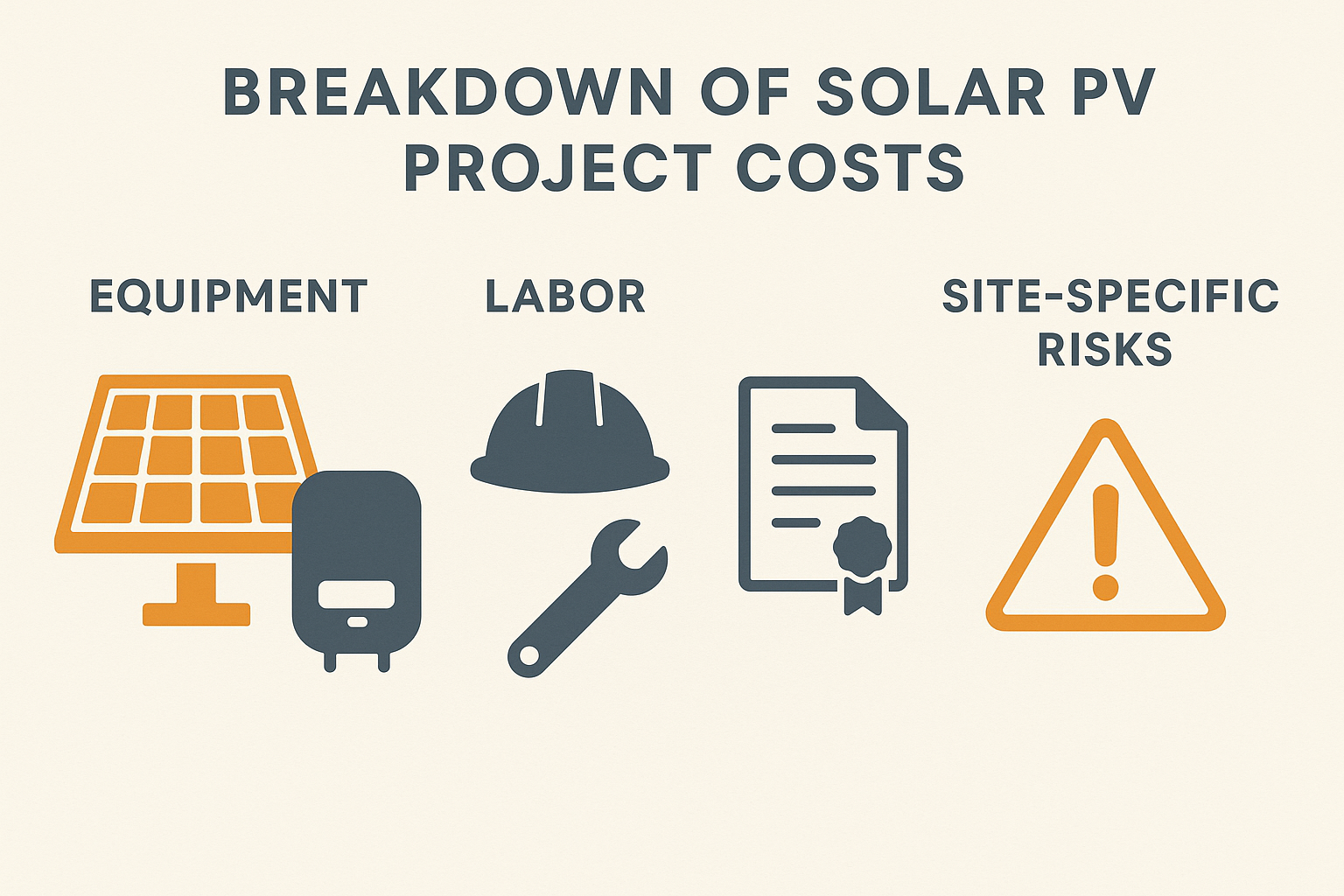Securing reliable energy for remote locations presents unique challenges. Traditional grid extensions often prove prohibitively expensive, making independent or semi-independent energy solutions highly attractive. Energy Storage Systems (ESS) offer a compelling alternative, providing consistent power where conventional infrastructure falls short. This discussion focuses on two primary ESS approaches for remote projects: off-grid and hybrid systems, examining their financial implications and operational benefits to help you determine the most suitable path for your energy needs.

Understanding Energy Storage Systems for Remote Sites
Energy storage is crucial for managing intermittent renewable energy sources like solar. Solar panels generate electricity when the sun shines, but energy is needed around the clock. Storage systems bridge this gap, ensuring continuous power supply.
Off-Grid Energy Storage Systems
An off-grid ESS operates entirely independent of the utility grid. It relies on solar panels to generate electricity, which is then stored in a battery bank for use during nighttime or cloudy periods. These systems provide complete energy independence, making them ideal for locations where grid connection is unavailable or excessively costly. You gain full control over your power supply and are unaffected by grid outages.
Typical components include solar panels, a charge controller, a battery bank, and an off-grid inverter. A backup generator often supplements the system for extended periods of low solar production or unusually high demand.
Hybrid Energy Storage Systems
Hybrid ESS combine the benefits of grid-tied solar with battery storage. These systems connect to the utility grid while also incorporating a battery bank to store excess solar energy. This setup provides a reliable power source, drawing from solar, batteries, or the grid as needed.
For remote projects where a grid connection exists but is unreliable or expensive, a hybrid system offers enhanced energy security. If your batteries deplete, the grid acts as a backup, reducing the need for a large battery bank or frequent generator use. Hybrid systems often include solar panels, a hybrid inverter, and a battery bank.
Key Factors Influencing ESS Costs in Remote Projects
Several variables contribute to the overall cost and return on investment (ROI) of an ESS in remote settings. Understanding these factors helps in making an informed decision.
Site-Specific Variables
- Location and Accessibility: Remote sites often present logistical challenges. Transporting equipment, especially heavy batteries and solar panels, to distant or difficult-to-reach areas increases costs. The further from existing infrastructure, the higher the transportation and labor expenses.
- Climate Conditions: Local climate impacts system design. Areas with less sunlight require more solar panels or larger battery banks. Extreme temperatures can affect battery performance and lifespan, necessitating specialized enclosures or climate control.
- Ground Conditions: Rocky or uneven terrain can complicate installation, requiring more specialized equipment and labor for mounting solar arrays and setting up foundations for ESS components.
Component Quality and Selection
The choice of components significantly affects both initial cost and long-term performance. We focus on providing robust and scalable energy solutions, including high-performance LiFePO4 (Lithium Iron Phosphate) batteries, known for their safety and reliability. These batteries offer excellent cycle life, contributing to a lower total cost of ownership over time.
- Battery Chemistry and Capacity: LiFePO4 batteries are a premium choice, offering superior longevity and safety compared to other battery types. While their upfront cost might be higher, their extended lifespan and performance offset this investment. The capacity of your battery bank (measured in kWh) directly influences cost; larger capacities offer more autonomy but require a greater initial outlay. The cost of battery energy storage systems has seen a dramatic decline, falling by 93% since 2010.
- Inverter Type and Efficiency: Solar inverters convert direct current (DC) from solar panels and batteries into alternating current (AC) for your appliances. High-efficiency inverters minimize energy loss, improving overall system performance. Hybrid inverters offer versatility, managing power flow between solar, batteries, and the grid.
- Solar Panel Efficiency: Higher efficiency solar panels generate more power in a smaller footprint, which can be advantageous in space-constrained remote locations.
Labor and Installation
Labor rates vary by region, and specialized skills are often necessary for complex ESS installations. The scarcity of skilled labor in remote areas can drive up costs. Additionally, the time required for installation, influenced by site complexity and system size, directly impacts the overall expense. According to a 2000 EIA study, the cost-effectiveness of PV systems increased significantly for remote households located only a quarter mile from the nearest utility line, due to high distribution costs.
ROI Analysis: Off-Grid vs. Hybrid ESS
Evaluating the ROI for off-grid and hybrid systems involves considering initial investment, operational costs, and long-term savings. The "levelized cost of electricity" (LCOE) for solar PV has become increasingly competitive. In 2024, 91% of new utility-scale renewable projects generated electricity at a lower cost than the cheapest fossil fuel alternative.
Initial Investment Comparison
Off-grid systems typically demand a higher initial investment due to the necessity of a larger battery bank and often a backup generator to ensure continuous power. You must account for all your energy needs without grid support.
Hybrid systems can sometimes have a lower upfront cost, especially if they are designed with a smaller battery bank that relies on grid backup for peak demand or extended cloudy periods. The grid acts as a "virtual battery," reducing the need for extensive on-site storage.
A 2019 report by the U.S. Department of Energy (DOE) indicated that for utility-scale solar-plus-storage systems, costs could range from $380 per kWh for 4-hour duration systems to $895 per kWh for 30-minute systems, with co-located systems showing cost reductions. More recent projections from the National Renewable Energy Laboratory (NREL) show 4-hour lithium-ion battery system costs as low as $245/kWh in 2030.
Operational Costs and Long-Term Savings
Operational costs differ between the two systems:
- Off-Grid: Primary operational costs include battery maintenance and eventual replacement, along with fuel and maintenance for any backup generator. However, you eliminate monthly electricity bills entirely.
- Hybrid: Operational costs include battery maintenance and replacement, but also grid electricity purchases during times of insufficient solar or battery power. Net metering policies, where available, can offer credits for excess solar energy fed back to the grid, reducing your overall electricity bill.
Consider the lifespan of key components. LiFePO4 batteries offer thousands of charge cycles, translating to many years of reliable service. This longevity directly impacts the payback period for your investment. For instance, if a battery lasts 10-15 years, you defer significant replacement costs compared to shorter-lived alternatives.
Comparative Overview: Off-Grid vs. Hybrid ESS for Remote Projects
| Feature | Off-Grid ESS | Hybrid ESS |
|---|---|---|
| Grid Connection | None | Connected to Utility Grid |
| Energy Independence | Complete | High (with grid backup) |
| Initial Investment (typically) | Higher (larger battery, generator often needed) | Lower (grid can supplement battery) |
| Operational Costs | Battery replacement, generator fuel/maintenance | Battery replacement, grid electricity purchases |
| Reliability | Dependent on system sizing and backup | Enhanced by grid connection and battery storage |
| Ideal Use Case | Very remote areas, desire for full autonomy | Remote areas with unreliable grid, desire for backup |
Choosing the Right System: Practical Considerations
Selecting between an off-grid and hybrid ESS involves a careful assessment of your specific needs and priorities.
Energy Demand Assessment
Accurately assessing your energy consumption patterns is paramount. This includes identifying peak demand times, total daily energy usage, and seasonal variations. A detailed energy audit helps in sizing the system components correctly, preventing both undersizing (leading to power shortages) and oversizing (leading to unnecessary costs).
Reliability and Redundancy
How critical is uninterrupted power for your remote project? Off-grid systems demand meticulous sizing and often a backup generator to achieve high reliability. Hybrid systems inherently offer greater redundancy by leveraging the grid, providing an additional layer of security during prolonged periods of low solar generation or high demand. This dual approach means you have power even if one source is temporarily unavailable.
Scalability
Consider your future energy needs. Can the system expand if your consumption increases? Modular battery systems and inverters allow for future additions, ensuring your investment remains relevant as your requirements evolve. Our integrated ESS solutions are designed with scalability in mind, allowing you to adapt your energy capacity as your needs change.
Regulatory and Environmental Factors
While remote projects often face fewer regulatory hurdles than grid-connected ones, local building codes, environmental impact assessments, and potential incentives still apply. Some regions offer tax credits or rebates for renewable energy systems and battery storage, which can significantly improve your ROI.
Achieving Energy Independence: A Strategic Choice
Investing in solar and energy storage systems for remote projects is a strategic move towards energy independence and long-term savings. Whether you opt for the complete autonomy of an off-grid system or the enhanced reliability of a hybrid setup, the ongoing advancements in lithium battery technology and integrated ESS solutions make these investments increasingly viable. We have years of experience in the solar industry, specializing in lithium battery manufacturing, energy storage systems, and integrated ESS development. Our commitment is to deliver reliable and scalable energy solutions, empowering you to achieve true energy independence for your remote endeavors.





Leave a comment
All comments are moderated before being published.
This site is protected by hCaptcha and the hCaptcha Privacy Policy and Terms of Service apply.